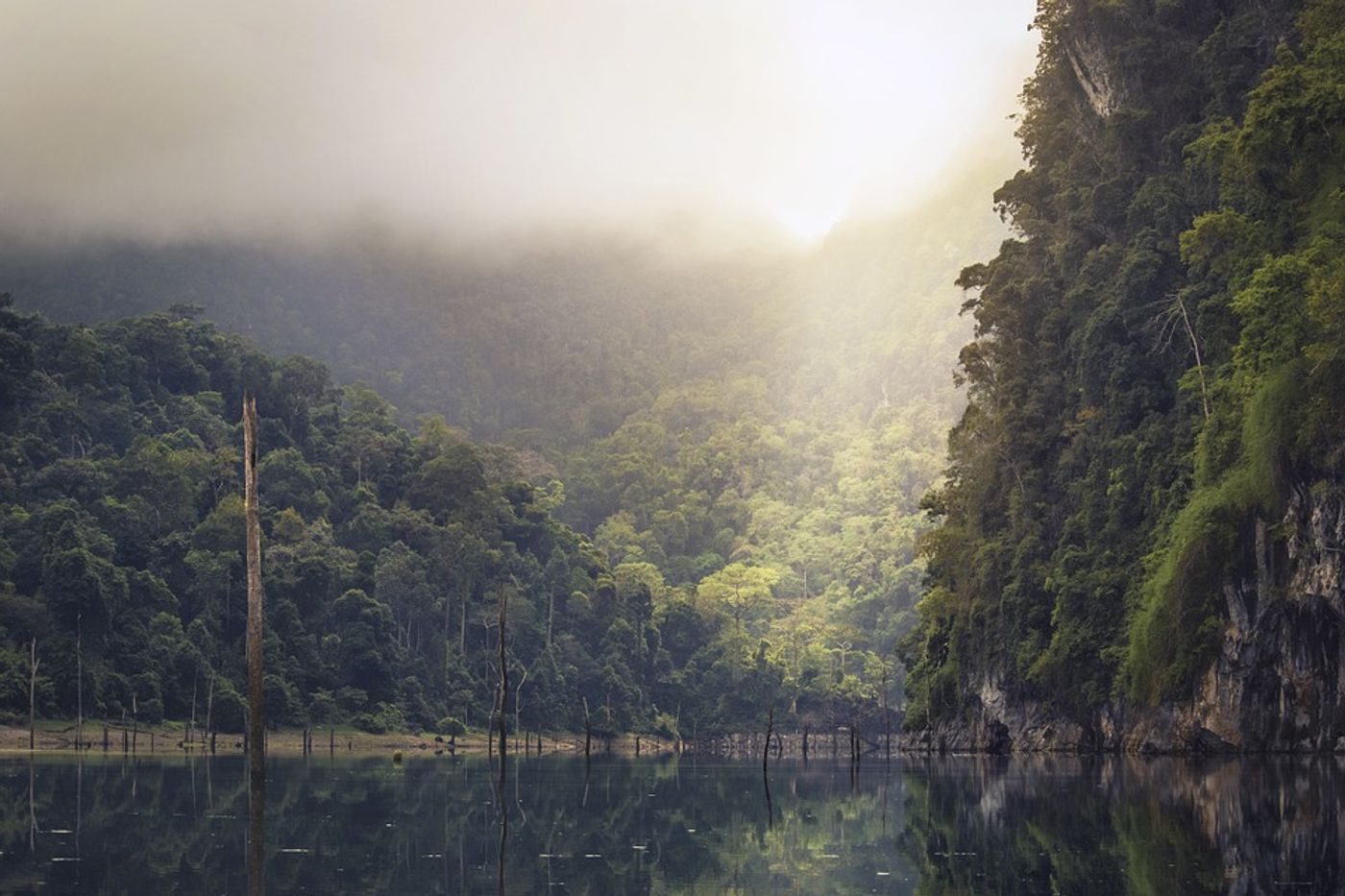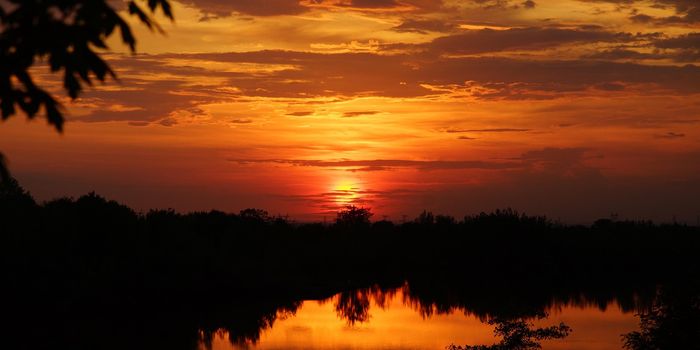New method to measure carbon emissions from rain forests
Researchers from the Arizona State University Center for Global Discovery and Conservation Science (GDCS) have developed a new system capable of monitoring carbon emissions from tropical forests with much more detail than previous systems’ capacities. They have published their methods in Scientific Reports and hope their findings will allow scientists and economists alike to quantify the costs of deforestation in as close to real-time as possible.
"We combined advanced remote sensing data and machine learning algorithms to estimate aboveground carbon stocks and emissions throughout the highly diverse ecosystems of Peru. Our approach will serve as a transformative tool to quantify and monitor climate change mitigation services provided by tropical forests," said lead author Ovidiu Csillik.
Csillik and colleagues developed this carbon monitoring system based on satellite imagery data from Planet Inc. and Planet Dove. Combining these images with 6.7 million hectares of airborne LiDAR measurements allowed them to use a random forest machine learning regression workflow to create maps of carbon stocks and emissions for Peru. This technique permits the researchers to track the transitions of forests from carbon sinks to carbon sources.
As the authors report in their study, Peru holds 6.928 billion metric tons of carbon; only 2.9 billion of which are found in protected areas or their buffers. Additionally, they write, “We found significant carbon emissions between 2012 and 2017 in areas aggressively affected by oil palm and cacao plantations, agricultural and urban expansions or illegal gold mining.”
"Our study powerfully demonstrates a new capability to not only measure forest carbon stocks from space but far more critically, to monitor changes in carbon emissions generated by a huge range of activities in forests," said co-author Greg Asner, who is the director of GDCS. "The days of mapping forests based simply on standing carbon stocks are behind us now. We are focused on carbon emissions, and that's precisely what is needed to mitigate biodiversity loss and climate change."
Sources: Scientific Reports, Science Daily









